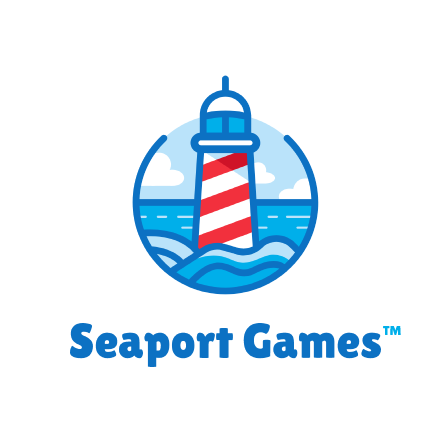
7 Reasons Why A Card Game Is the Best First Game to Develop
Card games are the best option for a first tabletop game development project.
There are many reasons to choose a card game as the first game development project for an independent tabletop game publisher. The business of publishing your first game is more complex than you might think. There is so much to learn: design, development, marketing, manufacturing, international freight, supply chain, customs, regulations, and more. Card games can be less expensive to make, test, manufacture, ship and crowdsource than a board game.
Here are the top 7 reasons to develop a card game as your first game project.

#7 Card Games Are Small - and that’s a good thing!
There are only three components for many card games: a deck of cards, a small rules booklet and a small box. It’s easy to have the game with you when you are out and about. You never know when you might get the chance for a quick game with friends.

#6 Card Games Are Easy To Design
A handmade deck of cards is very easy to make. Get a stack of 3×5 index cards, a pencil and good eraser. Some designers use labels and card stock in their printers or get blank poker-sized cards to adapt, but it doesn’t have to be that fancy to start.

#5 Card Games Are Easy To Test
It’s fast and easy to change text, design, and other elements drawn on a card.
Card games can be easy to learn, even if the strategy takes a while to master. A causal play test with friends and family can take as little as 20 minutes.
Card games are lightweight “filler” games for serious gamers, so a card game can make a good warm-up at game night with friends before Dungeons and Dragons, Magic The Gathering, or other heavier board games.
Put your card game in a ziplock baggie or 6×10 flat mailing envelope, then throw it in your backpack or car trunk. You never know when you might get the chance for a quick game test at lunch break, happy hour, waiting for a plane, or waiting for anything.
Get off your cell phone and make friends while playing your card game!

#4 Printed Prototypes Are Cheap
Once your game has been thoroughly tested, create some art and graphic design, then get a printed prototype made.
The quality of digitally printed card games is very good. Online prototype printers such as Print & Play and The Game Crafter make it easy and relatively cheap to print. This means a small budget, indie game designer can afford to make several games for play testing at game nights or at Friendly Local Game Shops, and at conventions.
A card game can be cheaper to print and cheaper to ship than board games. Send your good looking card game prototype to game reviewers and content creators.

#3 Card Games Are Affordable to Manufacture and Ship
Every game manufacture offers customizable professional quality playing cards in standard sizes.
Inexpensive cardboard tuck boxes fit a typical 54-card deck. Small two-piece boxes are made to fit two decks. Custom options cost more, but are still relatively inexpensive.
Economies of scale can make card games a good first option. Be prepared to make a minimum of 2000 copies.
Freight is much less for cards games since they are smaller in size and weigh much less than board games. They are easier and cheaper to store as well.

#2 Card Games Can Be Easier to Sell
Marketing a new game for sale can be a daunting task. The price for manufacturing a card game is very reasonable, which makes the price point affordable for your customers.
Many tabletop game companies crowdsource games on Kickstarter. The recommended and most popular price level for backers is under $25. This is the price point for many card games.
Card games take up less shelf space and are cheaper to stock at your friendly local game shop.

#1 Card Games Are Fun For Everyone!
Young, old, and everyone in between enjoys a good card game. You can design your card game for children, student, adults, or for the whole family. Your card game can be simple, strategic, funny, or it can teach skills or tell a story. Card games are fun, universal, and popular.
I hope you enjoyed this article and got something out it. Was this helpful to you?
What would you like to learn more about in game design and development?
Leave a comment and subscribe!

Marge Rosen
Game Designer and Publisher
Marge owns Seaport Games, an indie tabletop game design studio and publisher in the small seaport city of Port Angeles, Washington, USA . When COVID-19 hit, her lifelong career as a musician was put on hold, so she turned to another passion – board games! View other posts by Marge












